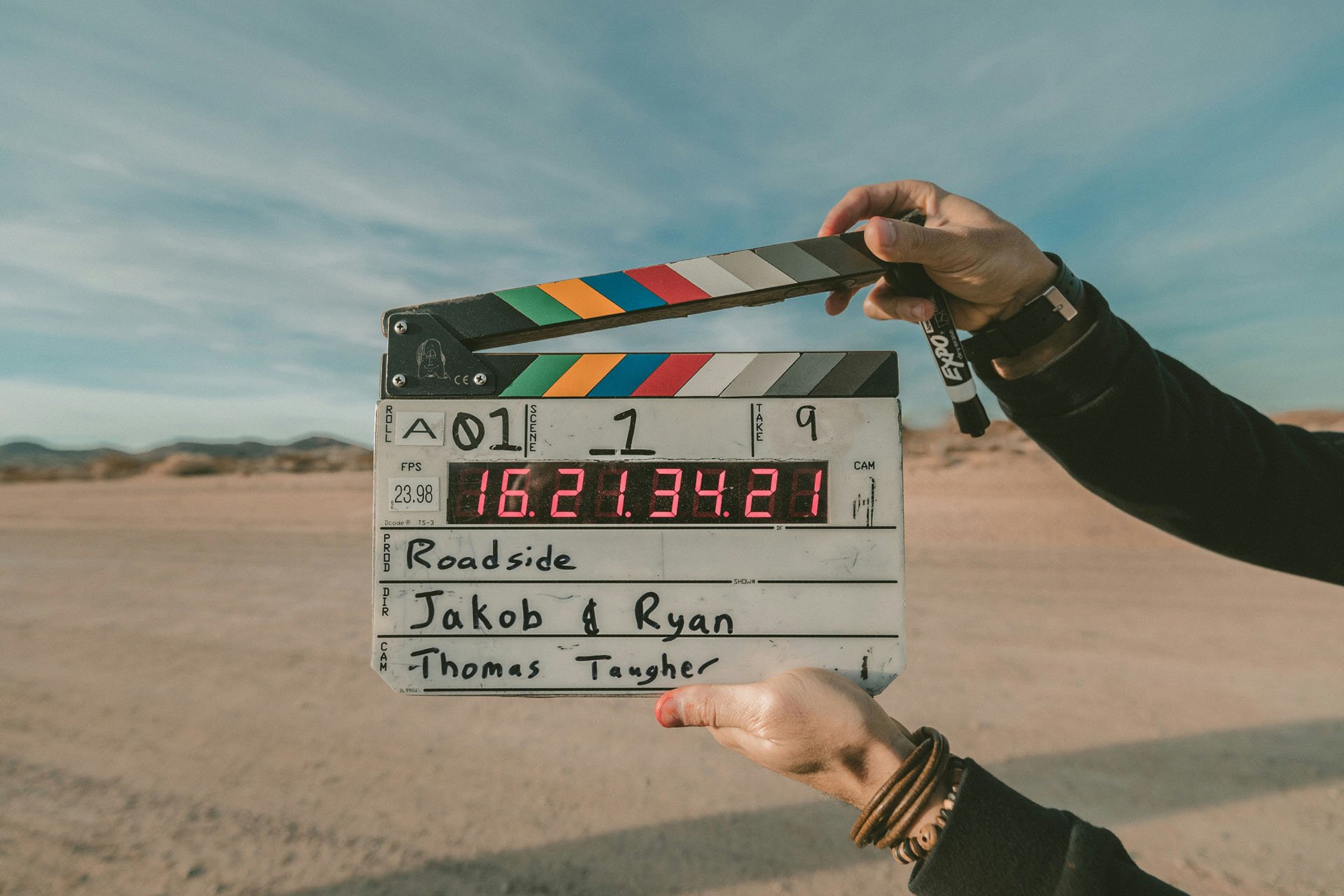How to Create a Book Trailer
As you know, we live in a visual world. No matter how much we writers wish that people would pay attention to the words, it’s images that attract. So why not capitalize on that attraction by creating a book trailer?
A book trailer is a marketing tool that does the same thing a movie trailer does: it presents a short teaser to get people interested in reading your book. The emphasis is here on “short”… less is definitely more. Do something quick and memorable and you’re on your way to a sale.
Consider these stats:
100 million people watch online videos each day, according to Comscore.
Website visitors are 64% more likely to buy a product on an online retail site after watching a video.
Video creation was the media format most requested by marketers in 2016.
There are a number of ways you can create a book trailer. You can see a couple that I designed for a client (a publishing house) as examples on our YouTube channel: one on Way of Wonder (writings by G.K. Chesterton), and one on a licensed biography of Oscar Romero. Note that these two trailers are slightly longer than you’ll want to be aiming for. You can also simply go to YouTube and search for “book trailers” for a lot of examples—some of them great, some not so much.
Even though a trailer is mostly visual, you want to pay attention to the script. Write it out on a storyboard ahead of time so that you see where the changes in image will be and what words will go with them. As you’ve seen, there are some very unprofessional videos out there; you don’t want yours to be one of them.
How do you create and produce a book trailer?
The first option is the obvious one: hire a professional to produce it. Some companies will do the whole thing from soup to nuts (you can participate as much or as little in the process as you choose) while others will put together your images and your video and your script into a package for you. This is obviously the most costly way but will definitely save time and give you a great look and feel.
With a little time and effort, however, you can create your own book trailer. It’s not difficult and the more you do it, the better you’ll get at it (so write a lot of books!). Here’s the process:
Write your script. Remember that you’re not summarizing the book—you’re tempting people to read it. A good place to start is with the back cover copy: you can often take it and find a few key sentences that can be the core of your script.
Plan the look & feel. Will you use a voiceover, or do you want to just stick to words on the screen? Do you want to use video clips, stills, or a combination of the two? Look at other book trailers that are for books like yours and see which ones work best.
Choose your images and video. Don’t buy anything until you’re very clear about what you’re going to use, so #1 and #2 are vital first steps. You can purchase video and stills from places like iStockPhoto and Shutterstock; you can also find free ones on Pixabay and Death to the Stock Photo. This step may take the longest of all of them. Go to these sites armed with a list of the visuals you’ll need; you’ll still spend a long time choosing.
Choose your music. Try and imagine what kind of music goes best with the theme of your book. Match the music to what you think your audience will like (which is not necessarily what you like!). A couple of music resources are SoundSnap and 300 Monks. Wherever you get it, make sure that your music of choice is royalty-free. Just because it’s on the Internet doesn’t mean you can use it.
Edit your trailer. Here’s where you’re going to put it all together…and where you’re going to learn some new skills! You’ll need to select editing software, which means reading a lot before you choose; but it’s important to find a package that you think you can master and won’t make you crazy. Here are top lists for free software for Windows and Mac operating systems.
So there you have it. Once your video is ready, put it everywhere: on YouTube (it’s a good time to start your own YouTube channel if you don’t already have one), on your website and blog, on social media. Anywhere that someone who might not otherwise see your book might take a peek—and be convinced to buy!

